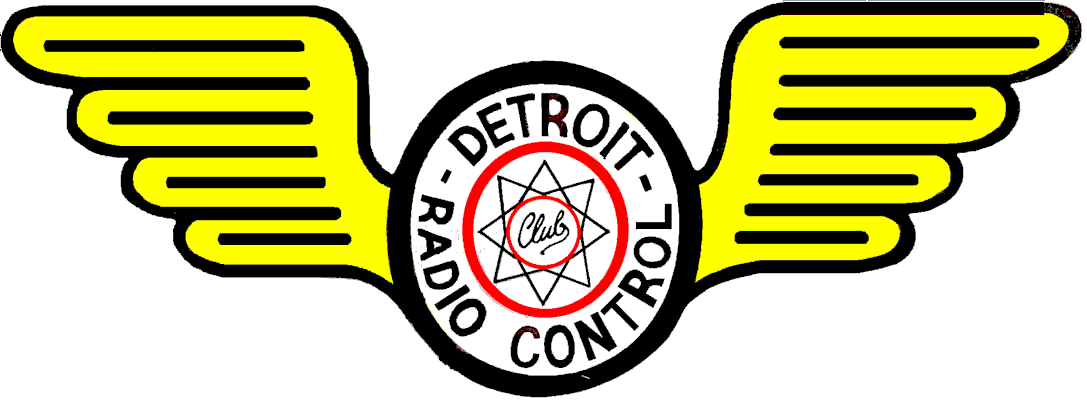The Radio Control Club of Detroit
An AMA Gold Leader Club |

The Radio Control Club of Detroit
|
 |
|---|
| AMA Chapter # 368 | An AMA Charter Club Since 1953 |
IMAA Chapter #206 |
Schedule |
|||||||||
Events Only |
News Archive |
RCCD – 2011 Scratch Build Project - Instructions
|
Purpose: The purpose of this club project is to introduce to the new members in this hobby the actual building of model airplanes, rather than just opening a box and assembling an ARF. The project may also rekindle the interest of building to the experienced modeler. If nothing else, this project will certainly create the camaraderie that we all enjoy. An alternate method of constructing the plane will be introduced in this project. This alternate building method uses “shape or router” templates along with tooling aids to cut and fasten the fuselage components and wing components. The fuselage and main wing are built on a flat work table or board. Work lines are drawn on the table top and these lines will be used for the alignment of the components during assembly. This alternate method eliminates the need to build over a full size set of plans and aids in the production building of multiple airplanes. Construction: RCCD “Ground school” meetings will host the construction or build of the plane during certain phases. The build process will be demonstrated, discussed and questions answered, along with personal assistance when desired. The actual build of the individual planes will be at the builders own personal work shop using their own tools. There will be progress ground school meetings held where the builders will bring in their planes and further build questions answered. There could be time allotted for this project during the club presentation segment of our regular club meeting. Interim questions or issues will be covered by email, phone calls, and possibly by personal visits to the builders' work shop by one of the RCCD work members. Keep in mind, you may ask five different experienced model builders the same question, and you may receive five different answers---and they all may be correct ! ! Confusing?? No, it just shows there are many ways of doing the same job. This is the great part of this hobby. One can express their thoughts through their own personal methods in design and build. There are basic aerodynamics that have to be maintained, but how you arrive there is open to one's ability and experience. The most important objective of this project is to have fun. There will be some frustration and the use of dirty words, but again, have fun. This alternate method that we will be using, is just one way of building, and at this time, it's the way this project will proceed. We will be taking advantage of previously made tooling aids and possibly a cost saving in not reproducing the plans. We may entertain other options as we go. See the following sketch showing the assembly of the fuselage on the work table or board.
Materials and costs: A master copy of the altered plans that we used, will be available for reproduction (at the builder's expense) if the builder deems it necessary to have. A JPEG file of a reduced size set of plans is available to all at no cost. This file was made by digitally photographing the full size plans. This JPEG file once loaded on the builders computer can be zoomed or enlarged for visual clarity. A copy of the material list to build the skeleton of the plane will also be supplied. The cost of all the materials used ( excluding the cost of the tooling aids) for the build of the plane will be at the builder's expense. The club will provide the opportunity to precut or shape the fuselage balsa / ply wood component parts, and the built-up wing precut or shaped ribs and wing tips using the previously made tooling aids. The builder will have to provide the balance of the components to finish the plane. Due to the many options in installing the radio system, the engine or electric motor, the fuel tank or battery, the landing gear, etc., the finalizing of the build will be addressed on a individual basis by the builder. Naturally, help will be available. |
njh